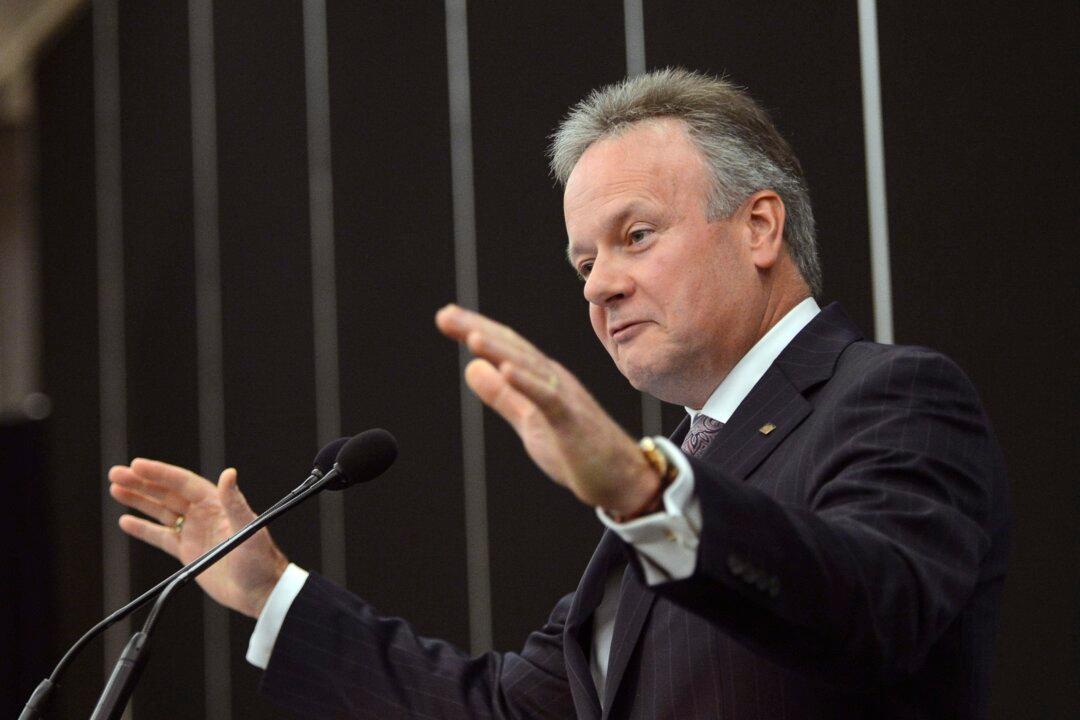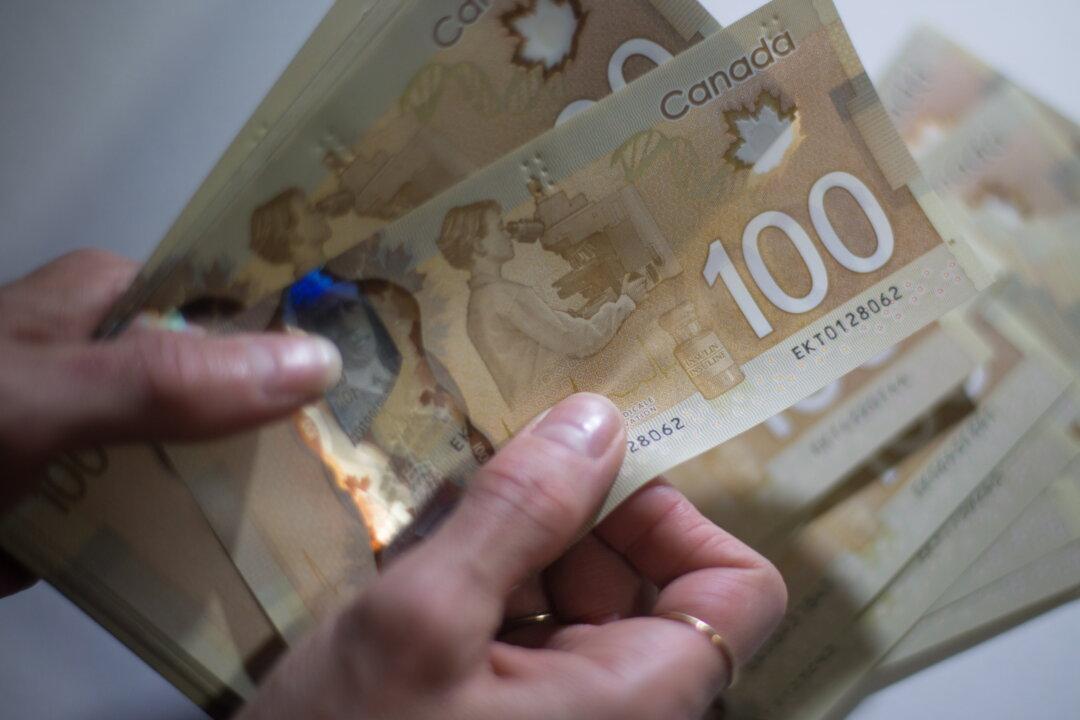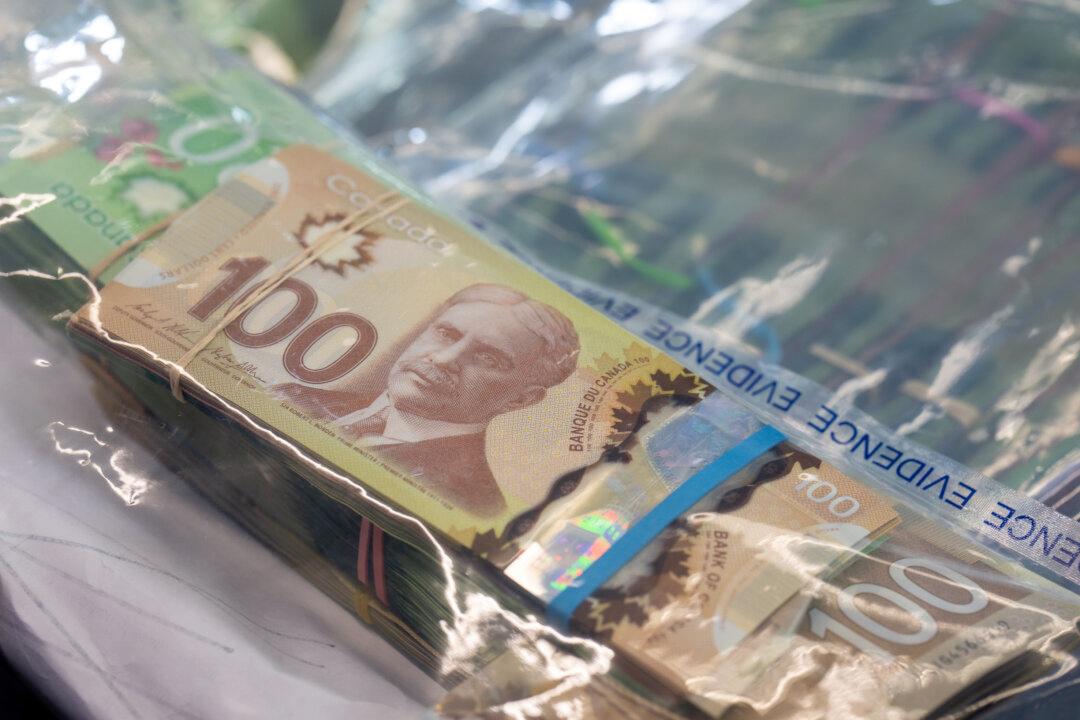DRUMMONDVILLE, Que.—The Bank of Canada vowed to continue taking a hands-off approach to influencing the Canadian dollar, saying it can’t replace markets in determining the appropriate level of the loonie.
Targeting the exchange rate would see the central bank lose its ability to pursue an independent monetary policy and cause more harm than good, governor Stephen Poloz said Tuesday, Sept. 16, in a speech to business leaders in the export-oriented central Quebec region near the U.S. border.
“A floating loon is a thing of beauty, and so is a floating loonie, at least from this economist’s perspective,” he said in his second speech in Quebec since heading the bank.
The economic conundrum facing Canadian policymakers is how to spur economic growth in the face of a strong loonie which hurts exporters, whose sales are essential to reviving Canada’s economic engine.
However, Poloz, who headed Export Development Canada before taking the top job at the central bank, said calls for the Bank of Canada to step into the currency market as a solution won’t be answered.
Some economists have suggested that Poloz’s “dovish” talk on interest rates and the economy has helped take some of the shine off the loonie. The Canadian dollar was worth about 97 cents U.S. when Poloz took over the top job at the central bank last year. The loonie climbed more than half a cent Sept. 16 to 91.16 cents U.S.
Poloz said Sept. 16 that the Bank of Canada’s job is not to interfere in the market, but to understand the context it is providing as the bank chooses how to set interest rates to meet its inflation targets.
“Trying to hold the dollar constant would give us larger fluctuations in unemployment, output, and inflation, and in the end would not help us maintain our international competitiveness,” Poloz said.





